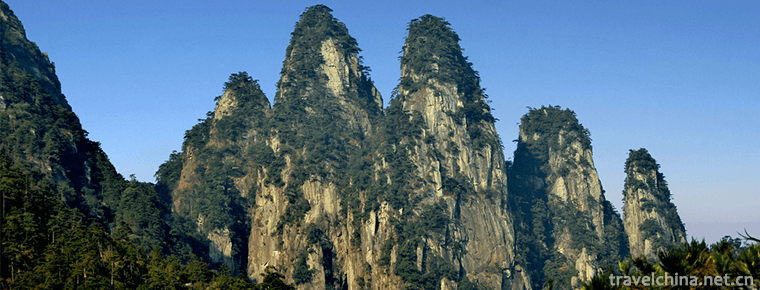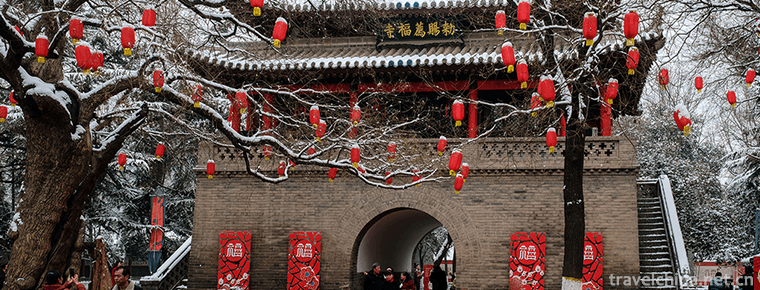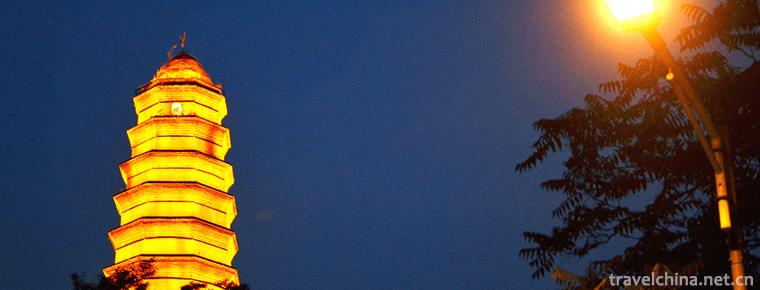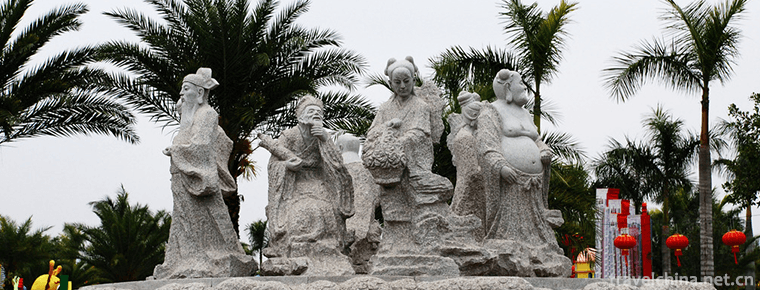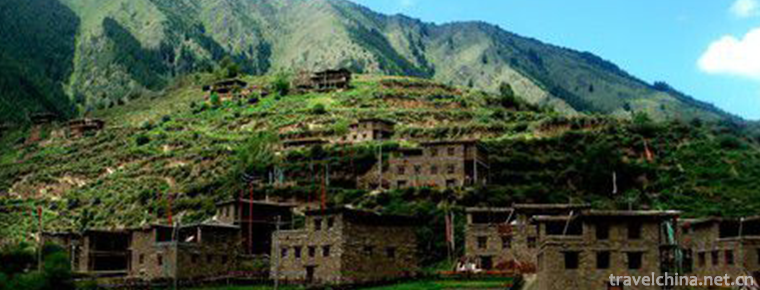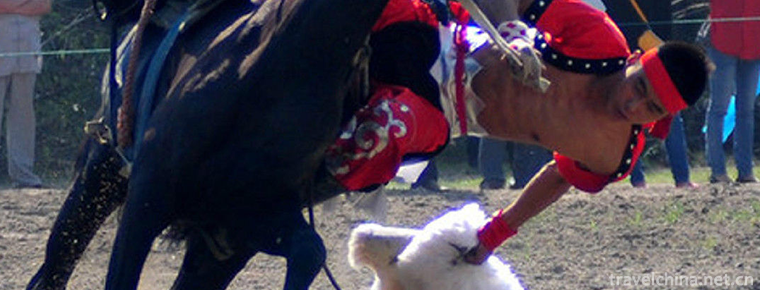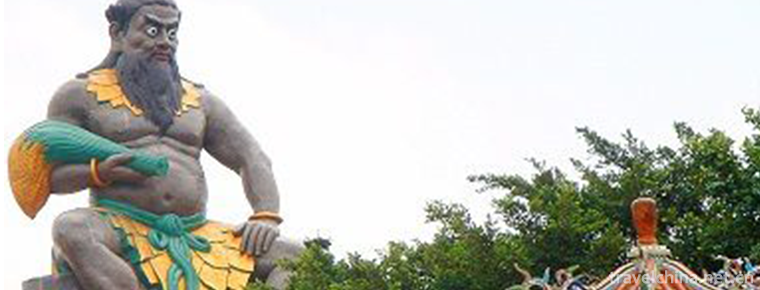Pingnanping Opera
Pingnanping Opera
Pingnanping opera is a kind of traditional opera with a history of 400 years. As the predecessor of Fujian opera, the main features of the opera are that Taobai singing uses Fuzhou Mandarin, the front stage singing and the back stage gang, that is, a very old traditional folk singing form of "one person opens his mouth, everyone joins in", like tamping songs and Yangko. Pingjiao Opera is a kind of high-pitched opera with traditional local dialects in Fujian, which is a unique local opera in Fujian. It originated in Pingnan and spread in Ningde and Fuzhou. It can be said to be one of the predecessors of Fujian Opera. Pingju opera mostly absorbs local folk songs and slang. The content of the performance mostly shows love, marriage and working life, which is popular with the masses.
On June 7, 2008, Pingnan County of Fujian Province declared "Pingnan Pingju" as the second batch of national intangible cultural heritage approved by the State Council.
historical origin
Pingshuo Opera is one of the predecessors of Fujian Opera, which evolved from the performing art of "piggyback story" (also known as "shoulder shed") popular in eastern Fujian in the late Ming and early Qing Dynasties. It was formed in the early Qing Dynasty and flourished in the years of Xianfeng and Tongzhi in Qing Dynasty. It originated in Pingnan, Fujian Province, and was popular in northeastern Fujian and Fuzhou. It sings in the local dialect and is so vulgar as to speak that it gets its name. According to the survey, 115 villages in Pingnan County have held peace talks since the early Qing Dynasty. From the development of Pingnan Pingju Opera Class, the birthplace of Pingnan Opera in Fujian Province is Pingnan.
Longjieping Workshop was built in Kangxi. Its predecessor was Geng Jun, who was the king of Jingnan who guarded Fujian Province, and Longgang Village in Pingnan, who advocated that Liangrui Brothers planned the "Jianghu Class" introduced during the period of anti-Qing and Ming Dynasties. Zhang Zhishen, a famous playwright in the late Ming Dynasty, became famous at the age of 20 and 30. He was called "a generation of master" of playwrights by later generations, and was born from the Longjie playwright class.
In 1984, at the home of an old artist surnamed Lu in Longyuan Village, Tangkou Township, Pingnan, two boxes of costumes left over from the Longyuanping Workshop in the village during the Qing and Jiaqing Dynasties were found. There were 31 costumes, skirts, mangyang hangings and hats worn by the roles of Sheng, Dan, Jing and the last. The embroidery was exquisite and had a history of more than 100 years. This is the largest number of ancient opera costumes found in Fujian since the founding of New China, with a clear chronological record.
"Dongshan Hill, Peace Workshop, Taipei Backdoor Hill, Husband to play, women Guantianshan, played in June 4, and August 3." Local traditional folk songs can be seen in Pingnanping opera. From the end of Guangxu period in Qing Dynasty to the beginning of the Republic of China, Pingjiao Opera began to combine with Confucian Opera and Jianghu Opera, commonly known as "Three-in-one Sound", to form the rudiment of Fujian Opera today.
Confucian opera and Jianghu opera have ceased to exist. Only the music singing tone remains in Fujian opera, while Pinghua opera still remains in Pingnan in an independent form. Restricted by various factors, in the 1980s, Pingjiao Opera was basically suspended. Pingnan began to carry out the rescue and excavation work of Pingnan opera art, and made Pingnan opera shine with new light. Pingnanping Lecture has been listed in the second batch of national intangible cultural heritage list recommended by the Ministry of Culture of China.
artistic characteristics
Pingnanping opera singing tune originated from the traditional folk songs in Northeast Fujian. It is composed of "Chai pai" and "suit card". It belongs to the board tune body. "One person sings, all the people are harmonious". Generally, the structure of the upper and lower sentences is repetitive and plain. It is suitable for narration, lyric, crying and pleading. The tune is five-tone, and the feather tune is the most, followed by Hui and Shang. The slab type is an eyeplate. The loose slab beats the beat with the "sheath plate" with many linings and a cavity. Jianghu Dialect is a combination of folk songs in Northeast Fujian and foreign voices, such as Siping, Hui Diao, Ran Tan, Luo Luo, etc. It is suitable for large-scale narration. Traditional folk minors include local folk songs and dialect-based foreign folk songs with beautiful melodies, mostly used for singing and dancing scenes. Other miscellaneous songs are composed of balls, bangs and other foreign opera tunes. When singing, one person sings at the front stage and all the people in the background join in. There are two or three interjections in the middle of each line of the lyrics, and the last three words are mostly supported by backstage actors.
Pinghuo Opera music belongs to the high-pitched system, which consists of Yiyang high-pitched tune, random play and folk minor. The singing tune is divided into Pinghuo, Jianghu, minor and other miscellaneous songs. It is sung in northeastern Fujian or Fuzhou dialect. It is plain and easy to understand, and has its own characteristics.
cultural background
Historically, Pingnan belonged to Shiyi, Fuzhou. Among the Chinese living in Malaysia, Shiyi, Fuzhou, accounted for 85%.
Inheritance value
After more than 400 years of history, Pingnanping opera still remains in the deep mountains. Its historical, scientific and cultural values are embodied in the following aspects:
(1) Empirical Value of High Cavity Research
Pingjiao Opera is a kind of high-pitched opera which directly absorbs the artistic characteristics of Siping Opera and preserves the cultural characteristics of original opera. Its repertoire, singing and performance all contain the artistic forms of ancient opera, especially its singing music, accompaniment and accompaniment forms basically preserve the ancient features of high-pitched opera. It provides reliable evidence for the study of high-pitched and siping-pitched tunes.
(2) The Social Research Value of Folk Clan Opera
Pingnanping opera has been around for more than 400 years. One of the most important reasons is that it has a great relationship with the institutionalization of clan opera performance, which is the reward god of clan society. The formation of Pingnanping Opera Troupe and the performance of its repertoire are all cultural acts of clan people to safeguard clan interests. From the point of clan drama, Pingnanping Opera provides an important reference frame for the relationship between folk opera and clan in rural society. It has unique social research value.
(3) The Historical Value of the Development of Folk Opera
Although Pingnanping Opera accepted part of the heritage of Siping Opera in Ming Dynasty, it was popular in the process of Pingnanping Opera. It adapts a large number of traditional dramas according to the needs of the local society and the audience's appreciation. From this, we can see the accumulation of the opera culture of Pingshuo opera and confirm the historical research value of the development history of local opera.
(4) Aesthetic Appreciation Value of Ancient Opera
Pingnanping Opera Preserved many performance modes of ancient Nanxi Opera, and accumulated some performances of artists of past dynasties, such as "Gemini Club", "Gift Belt", "Sang Picking" and so on. They are all exquisite works polished by generations of artists. The audience can not tire of watching them, even know them well. These operas and their performing arts are treasures of Chinese opera culture. After sorting out and processing, they can still be performed on the stage of today's opera. They have the extremely precious aesthetic value handed down from ancient operas.
(5) Cultural Value of Cultural Exchange and Tourism Development
Pingnanping opera, as the only remaining drama in Fujian, has the value of comparison between rare local operas and foreign exchanges in cultural exchanges at home and abroad. In the development of local tourism in Pingnan and Fujian, the display of local characteristic culture to tourists can not only enrich the connotation of tourism culture, improve the taste of tourism culture, but also please the audience. Pingju opera can be processed to become a brand in tourism culture and serve the prosperity of local tourism economy without destroying the original ecology of the opera, thus producing the value of cultural industry.
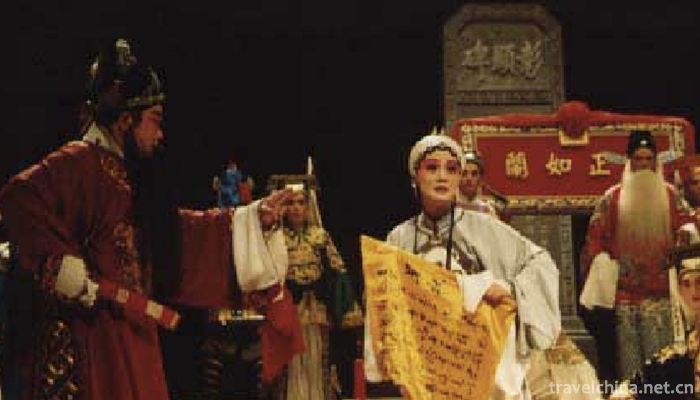

Pingnanping Opera
-
Jinggangshan MountainMt Jinggang
Jinggangshan, National AAAAA Tourist Scenic Spot, National Key Scenic Spot, National Nature Reserve, Chinese Cultural Scenic Spot
Views: 213 Time 2018-12-08 -
Peace Hotel Shanghai
Peace Hotel is a landmark building in Shanghai. Located at No. 20 East Nanjing Road, Huangpu District, Shanghai, it is the first modern building in the history of modern architecture in Shanghai
Views: 401 Time 2018-12-16 -
Little wild goose pagoda
Xiaoyan Pagoda is located in the Jianfu Temple of Anrenfang, Chang'an City, Tang Dynasty (now the southern suburb of Xi'an City, Shaanxi Province), also known as the "Jianfu Temple Pagoda".
Views: 232 Time 2019-02-25 -
Baota Mountain Scenic Area Yan an
The pagoda was built in the Tang Dynasty. It is 44 meters high and has nine floors. It can be seen from the top of the pagoda. It is a symbol of Yan'an, a historic city, a sacred revolutionary site
Views: 223 Time 2019-03-01 -
Legend of Eight Immortals
The legend of Eight Immortals is one of the local folklores in Shandong Province. The legend of Eight Immortals originated very early. The legend of "Eight Immortals Crossing the Sea, Each Showin
Views: 247 Time 2019-04-02 -
Construction Techniques of Tibetan Diaolou
Gabu Tibetan ancient building complex is located on the second terrace on the north-east Bank of Mako River, 3 kilometers northeast of Lighthouse Township, Banma County
Views: 282 Time 2019-04-05 -
Buzkashi
One of the folk sports events in Xinjiang, China. Although there is no written record of sheep on foot, it has been examined in some areas of northern Xinjiang, which has continued to this day, and is
Views: 152 Time 2019-04-26 -
Sharipol wrestling
Shaliboer style wrestling is a national traditional sports event originally created and retained by the Weilat Mongolian people. It is one of the main sports events in the Uznada Mu Grand Event in Ala
Views: 168 Time 2019-06-12 -
Legend of Emperor Yan Shennong
Yan Emperor Shennong, one of the three emperors and five emperors, is one of the local folklores in Suizhou, Hubei Province, and is the national intangible cultural heritage. After Wa Fuxi, a stepdaug
Views: 220 Time 2019-07-10 -
Suni embroidery of the Yi nationality
Sani embroidery is a unique technology with a long history. There are many kinds of flower picking techniques, such as picking, embroidering, filling, receiving, buttoning, single-sided picking and do
Views: 282 Time 2019-07-12 -
Mount Emei Jinding
Mt. Emei Jinding, also known as Huazang temple, is located on the main peak of Emei Mountain in Sichuan Province, China (29.52567 ° n, 103.336802 ° E), with an altitude of 3077 m. It is the end point of Emei Mountain tour and one of the key Buddhist temples in the Han area.
Views: 338 Time 2020-10-15 -
Neijiang geographical environment
Neijiang City is mainly hilly, surrounded by low mountains in the southeast and southwest. About 90% of the hills are between 350 and 450 meters above sea level. The geological structure is a part of the Neocathaysian subsidence zone with small fold fault scale
Views: 116 Time 2020-12-16
